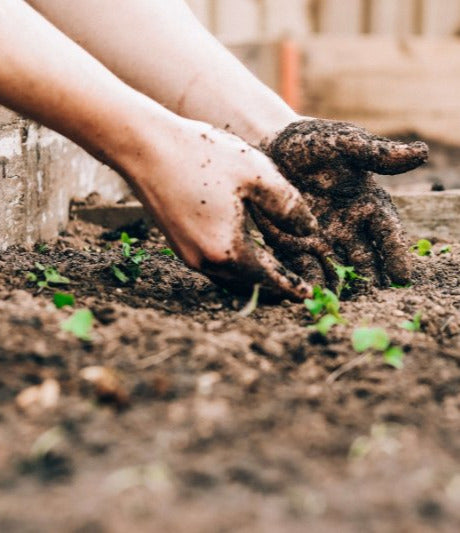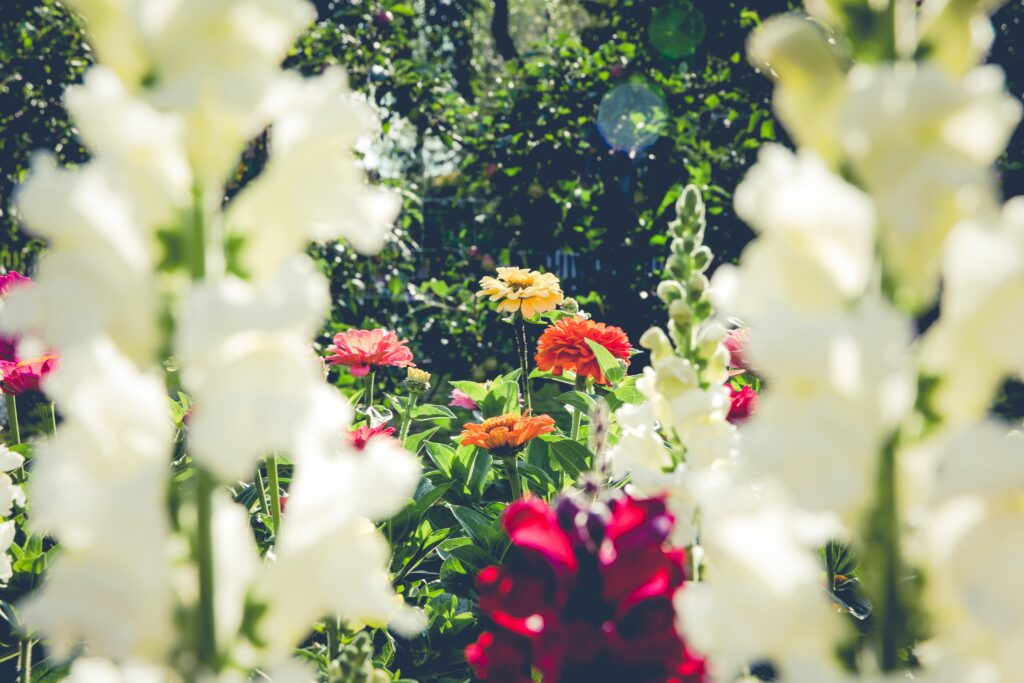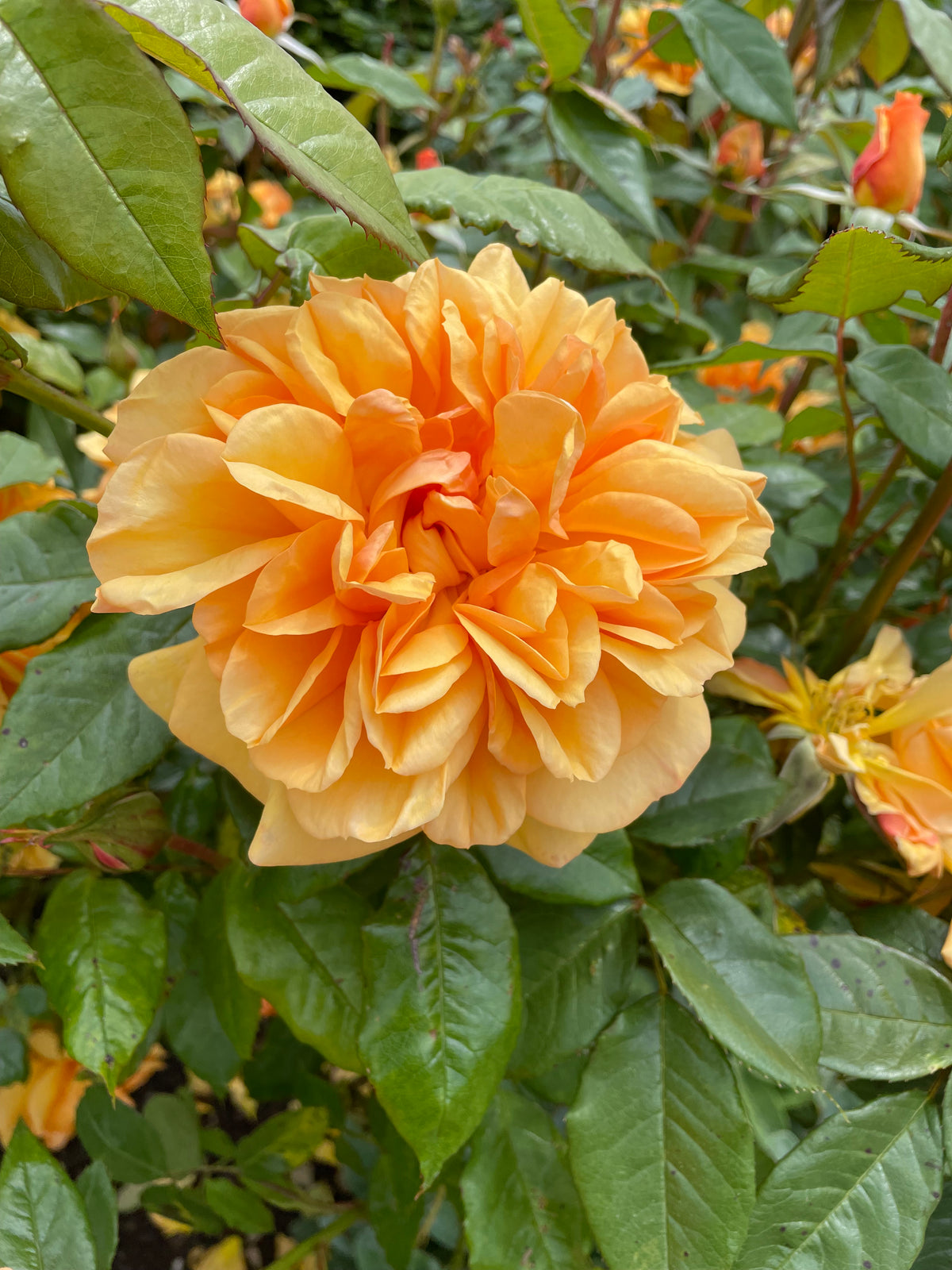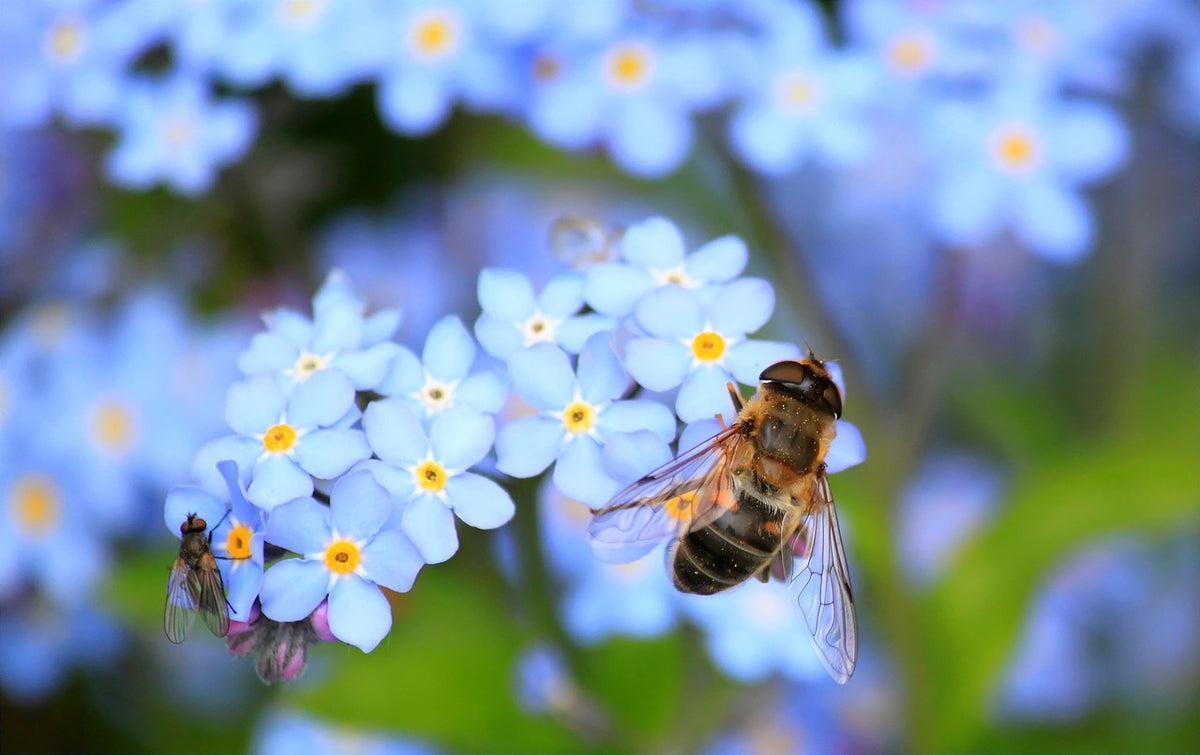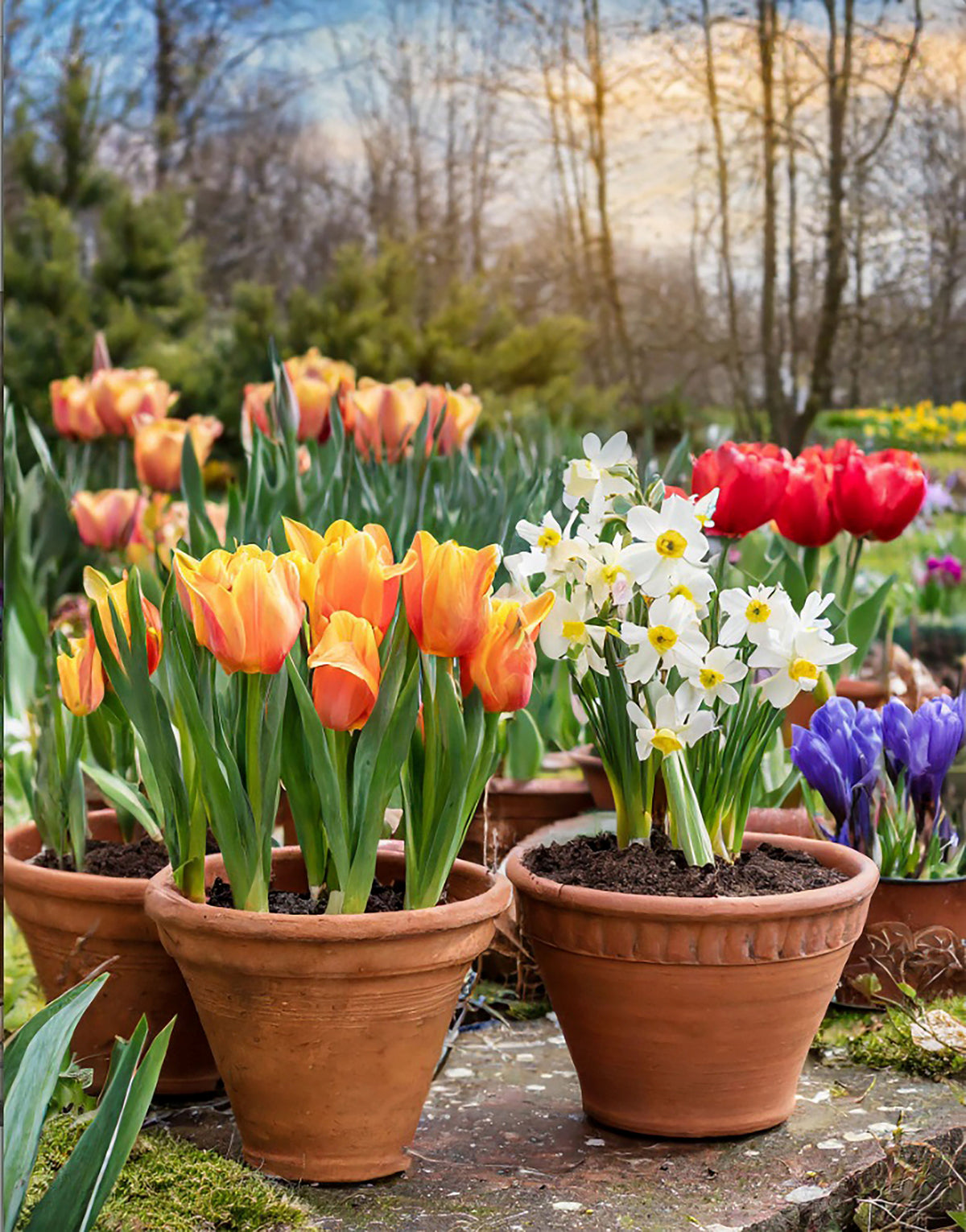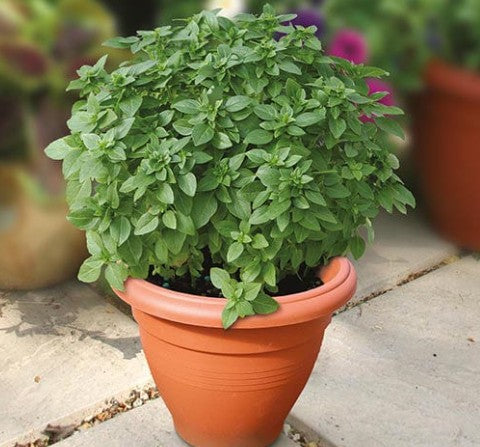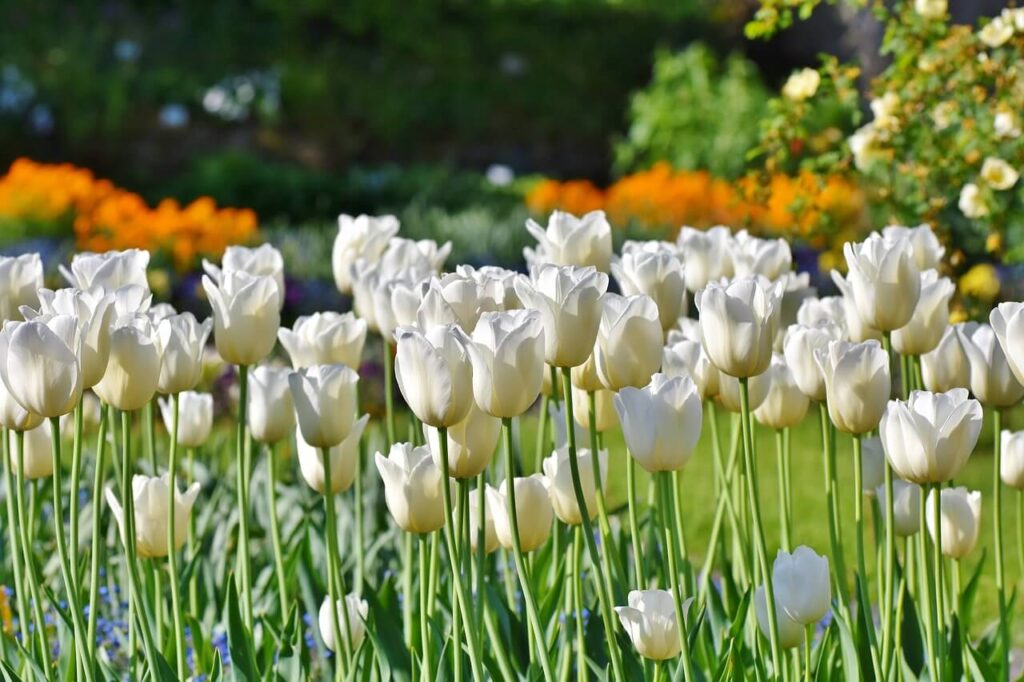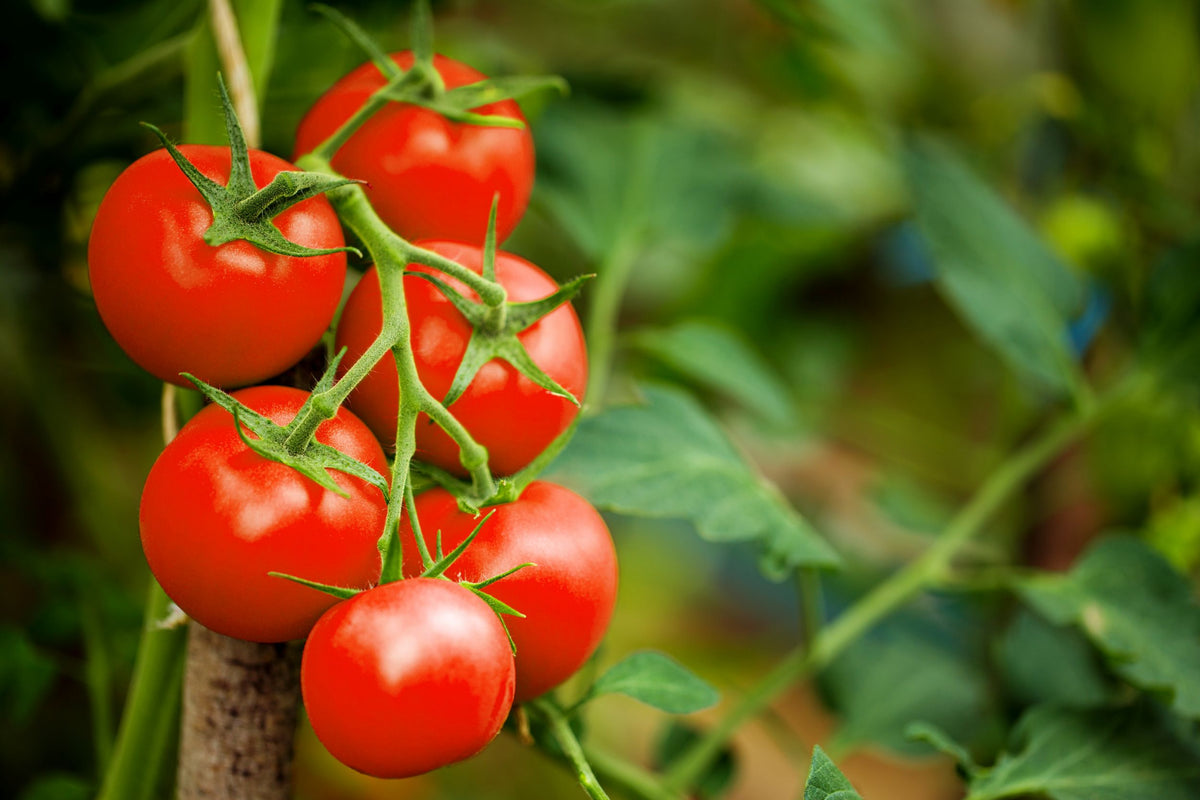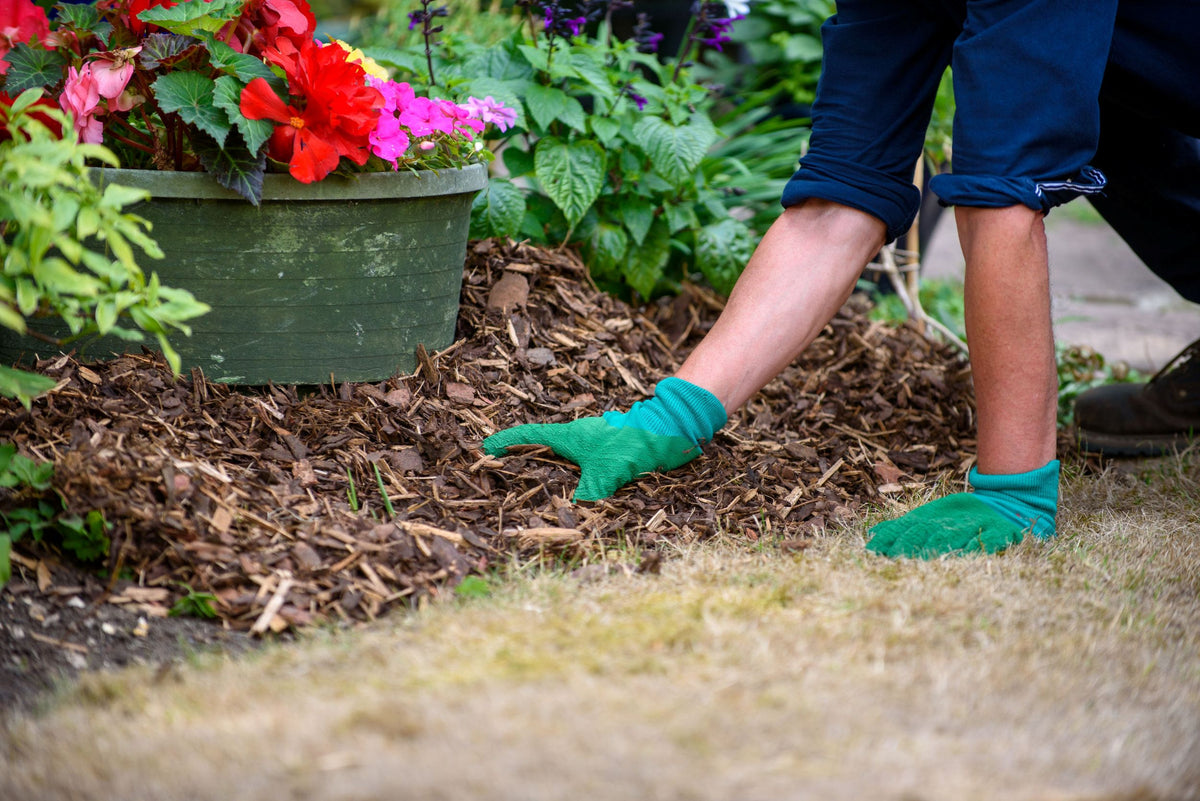If you’re just getting started with an allotment it can be tempting to dive in and begin planting. But a little planning can go a long way. Getting the right layout can be the key to a successful growing season.
Once you’ve prepared your allotment ground – whether that includes adding raised beds, adopting the no-dig method or simply clearing the ground of old plants – you can then think about your best allotment layout.
It’s sometimes helpful to sketch out your space with a pencil and paper so that you have something to refer when planning. Or you might prefer to use an app. Keep in mind the space you have, the direction your allotment faces and the plants you absolutely want to incorporate. Consider how much you’d like to harvest and when it’s likely each crop will be ready. Making a sensible list will make things easier later on and allow you to start building a picture of your allotment layout.
Making the best of a small space
If you have a small space, or are a first timer with an allotment, using the Square Foot Gardening method could be helpful. The principle is to divide your planting area into square feet, usually by laying string across the space to form a grid. You then plant crops according to how many square feet each need. Squares typically contain 1, 4, 9 or 16 plants. Lettuce is typically planted at 4 per square foot, while carrots are planted 9 per square and spring onions at 32.
Getting the right levels of shade and sunlight
Plants need sunlight to grow but getting too much can overheat the soil and lower water retention. To help protect the ground and improve moisture content, use plants such as courgettes and squashes along with a mulch. Mulch can also help suppress weeds.
It’s also important to plan where your plants will sit in the plot; taller plants like tomatoes and sweetcorn need to be placed where they won’t block the sun for smaller plants. If you are using a raised bed, you can also angle the bed towards the sun. Even a couple of degrees can make all the difference.
Using companion planting
There are some plant combinations that work together well. The ‘three sisters’ method incorporates sweetcorn, beans and squash. Sweetcorn is planted first – when it reaches half a foot in height, bean seeds can be planted around it. The beans then use the sweetcorn to climb and draw nitrogen from the air to make it available to the sweetcorn (and later the squash). The squash is planted last and provides ground cover and shades the soil to improve water retention for the other two plants.
Adding insect friendly plants as a distraction
You can also use flowers in your allotment, both for cutting and as a useful tool to protect your harvest! Insect friendly plants will appeal to bugs who might otherwise eat your crops or attract bigger insects to take care of the smaller ones for you. Flowers can be dotted around your allotment or used to surround your plants, like a ‘three sisters’ arrangement.
Rotation of crops
When planning your allotment layout, it’s helpful to bear in mind any crop rotations. Although some crops are annual, remember that asparagus beds can last up to 20 years and fruit trees can produce for decades, so it is important to think about whether you will want these crops in particular places.
If you’re adding plants with a shorter life span, a crop rotation system can be useful. The typical system rotates every two to three years and follows a cycle of brassicas, roots and finally other vegetables. If you have three or more beds, you can begin with one type of vegetable in each bed and rotate. This will help promote good soil health and mean you can enjoy a tasty range of produce for years to come!
Earth Cycle can supply all your allotment needs. We have compost, topsoils, mulches, and tools and accessories too. To make things even easier, we have an allotment page that has all you need in one place.






